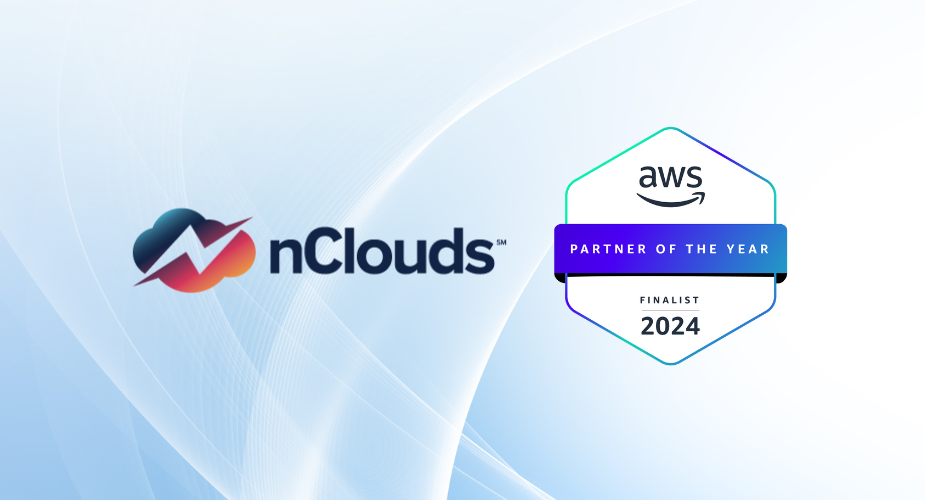Federal Cybersecurity Compliance: A Small Business Guide to Unlocking Government Contracts
A Challenge & An Opportunity: Why Federal Contracts Are a Game Changer
For small businesses, securing a government contract can be life-changing. The U.S. government is the largest global customer, offering secure, long-term contracts. But this privilege comes with a significant responsibility: protecting sensitive government information. For first-timers, the world of compliance—a universe of ITAR, CMMC, and FedRAMP acronyms—can be overwhelming.
That’s why this guide is intended to demystify these requirements. Think of compliance as a key that opens the door to the federal marketplace and a competitive tool that builds trust with your government partners.
Why the High Bar for Security?
To understand the need for these frameworks, you should understand what you are being asked to safeguard. Most of these regulations are concerned with protecting Controlled Unclassified Information (CUI).
What is Controlled Unclassified Information (CUI)?Essentially, CUI is a broad category of information that is not classified (e.g., “Top Secret”) but is nonetheless sensitive and must be protected. Protecting CUI, from engineering schematics to law enforcement data, is a matter of national security and economic interest.”When you work with the government, you are responsible for this data. The government needs to be sure you have a secure “digital filing cabinet” to store it.
The “Big Three” Compliance Frameworks Broken Down
While there are many regulations, there are three that are notable and encompass broad terrain. Each framework serves a separate purpose, and the one(s) you must adhere to depend on the work you are performing.
ITAR: The International Traffic in Arms Regulations
- What it is: Strict export control regulations designed to prevent sensitive defense and military technologies from falling into the incorrect hands. The Department of State regulates it.
- Who it covers: Businesses that manufacture, sell, or trade in articles on the U.S. Munitions List (USML). These include firearms and ammunition to satellites and military electronics, as well as their technical data and software.
- The Purpose: To control the export and import of defense articles. One significant requirement is ensuring that only “U.S. Persons” have access to ITAR-controlled technical data unless specific licenses are obtained.
- Simple Analogy: ITAR is equivalent to a highly detailed “Do Not Ship” list with a sharp passport control. You’re not allowed to ship certain products (or even data about them) to foreign countries or grant foreign nationals access to them unless you get explicit government permission in the form of a license.
- Resources:
CMMC: The Cybersecurity Maturity Model Certification
- What it is: One of the cybersecurity standards that anyone who has a Department of Defense (DoD) contract must comply. CMMC is how the DoD verifies that you have the necessary security controls installed to protect CUI.
- Who it’s for: Any business that’s in the supply chain for the DoD, whether it’s prime contractors or the smallest subcontractor. If you’re handling CUI on a DoD contract, CMMC will apply to you.
- The Goal: To go from a “trust us, we’re secure” to a “prove it” strategy. CMMC is at different levels of maturity, and the level you must attain is determined by the sensitivity of the information that you handle.
- CMMC is a tiered driver’s license for cybersecurity. For instance, Level 1 is the learner’s permit with basic safety rules. Level 2 requires more advanced skills for handling more complex information. Finally, Level 3 is the commercial license, indicating you can handle the most sensitive CUI safely. You must pass an exam (an assessment) to get your license.
- Resources:
FedRAMP: The Federal Risk and Authorization Management Program
- What it is: A government-wide program that provides a standardized means of security evaluation, authorization, and ongoing monitoring of cloud services and products.
- Who it’s for: Cloud Service Providers (CSPs) who wish to sell their cloud services (e.g., SaaS, PaaS, or IaaS) to federal government agencies.
- The Objective: The goal is to ensure that any cloud technology being employed by the government has been thoroughly vetted and meets to a high standard of security. It has a “do once, use many times” model, so an agency-cleared CSP can be more easily used by other agencies.
- Analogy: FedRAMP is similar to a rigorous security clearance for a cloud product. In fact, the product must undergo a rigorous background screening and constant scrutiny by an accredited third-party reviewer to prove it is trustworthy before the government allows a cloud product to process its data.
- Resources:
The Anatomy of Compliance: Policies and Technology
Achieving federal cybersecurity compliance isn’t about buying a single piece of software; it’s about building a comprehensive security program. All of these frameworks break down into two fundamental types of controls that must work in perfect harmony: organizational and technical.
Organizational Controls (The People and the Policies)
These are the human side of security—the rules, procedures, and practices that govern how your organization operates. Remember, technology is only as effective as the people using it.
Examples Include:
- Security Awareness Training: Training employees to recognize phishing emails and avoid social engineering deceptions.
- Access Policies: Formal, written policies that detail who should have access to sensitive information and when.
- Background Checks: Background checks of employees with access to CUI or ITAR data.
- Incident Response Plan: A step-by-step, detailed plan of what to do in case there is a data breach. Who to call? How to contain the threat?
Technical Controls (The Digital Locks and Alarms)
These are the hardware and software controls that you put in place in order to enforce your security policies and protect your digital assets.
Examples Include:
- Firewalls: A virtual fence that examines and manages incoming and outgoing network traffic.
- Encryption: Data encryption in a way that it’s unintelligible for anyone who does not possess the appropriate decryption key.
- Multi-Factor Authentication (MFA): The request of a second form of identification (like a code in an app on your phone) besides a password.
- Audit Logging: Systems that monitor who viewed what information, and when, creating a digital record of everything.
The Meticulous Mindset: A Culture of Proof
Documenting Your Controls.
Adhering to these rules requires an unbelievable degree of attention to detail. Therefore, the most significant regulation for any government auditor is: “If it isn’t documented, it didn’t happen.”
This means that it is not enough to merely have the controls, you must be able to prove that they are being effectively enforced and operating continuously.
You don’t just install a firewall; you must write down its specific rules of configuration, have in writing a policy for when those rules may be changed, keep a record of every change that’s been made, and review its activity logs regularly for threats.
You don’t just tell employees not to share ITAR information with foreign nationals; you must have a written process for vetting the citizenship of every employee who has access, have those records on hand for audit, and have technical access controls that demand this as a term of automatic enforcement.
This is a culture of compliance that you must instill at every level within the company. Furthermore, it is not a project you can ever finish and stand on a finish line. It is a dynamic state of vigilance, monitoring, and improvement. Ultimately, compliancy investment is an investment in your business’s future. It’s a sign of maturity and integrity that will set you apart and make you the partner of preference for any customer, especially the U.S. government.
You don’t need to go it alone. nClouds’ Security and Compliance services are designed to be budget-friendly while guiding you through this complex landscape. Reach out to us today to learn how we can help you on your federal compliance journey.



